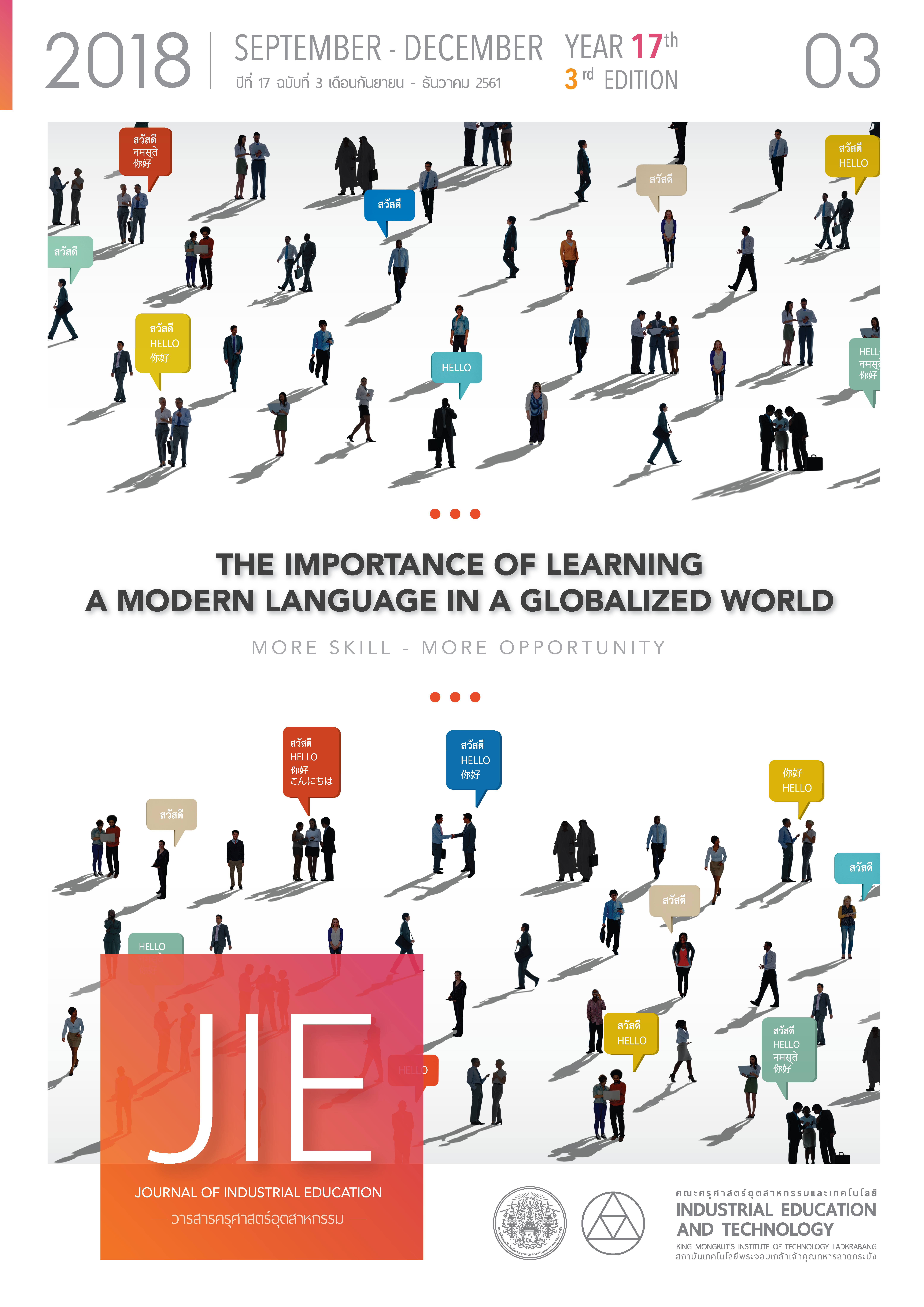INTEGRATING CREATIVE TOURISM STRATEGY WITH CUTURAL HERITAGE ATTRACTION THROUGH PARTICIPATORY PROCESS: A CASE STUDY OF THE HISTORY CITY OF SUKHOTHAI COMMUNITY
Keywords:
Integrate Tourism, Integrate Creative Tourism, Cultural Heritage, Participatory Approach, the historical city of SukhothaiAbstract
The research study investigated how tourist attraction had been developed and sustain under cultural heritage. This qualitative research employed in-depth interview to learn and understand the phenomenon. Stakeholder interview included government agencies of tourism, municipal district and community. The methodology of grounded theory was used to analyze the data 3 groups, group 1 is 5 persons in government, group 2 is 5 persons in private organization, and group 3 is 5 persons in community. The result were, firstly, when the partnership between community and agencies were form, it contributed to the effective management of tourist attraction. Secondly, the community’s strengthened management induced support from organization both private and public sector. Thirdly, when the community had learned and shared the benefit, it led to more intense and extensive cooperation. Also when the community gains knowledge and appreciation of cultural heritage, it leads to value highly of those in the community. Finally, with supporting role of involved organizations on the knowledge and management of cultural heritage, the community awareness and interest in the benefits of the local have been raised. It is recommended that future study focus on developing products of tourism from cultural heritage or replicate this study in other target areas.
References
[2] Thongdee, I. (2005a). As a culture. Journal of Cultural periscope, 1(1) April-June, p. 16-29.
[3] Muang Sukhothai Subdistrict Municipality. (2016). The state and social background. Retrieved from http://www.muangsukhothai.go.th.
[4] William, E. (1997). Electoral Participation in a Low Stimulus Election. Rural Development, 4(1), p. 111-124.
[5] Rupngam, Y. (2002). The participation of the Commission of the Bureau of the Budget to reformthe bureaucracy. (Master’s thesis). National Institute of Development Administration, Bangkok.
[6] Howkins, J. (2010). Creative Ecologies: Where Thinking is a Proper Job. (K. Vanichviroon, Trans.). Bangkok: Thailand Creative & Design Center.
[7] Office of National Economics and Social Development. (2009). Planning and Economic Development National Society No. 10 (2007-2011 BC). Bangkok: Office of the Prime Minister.
[8] Mumford, M.D. (2012). Handbook of Organizational Creativity. United State of America: Elsevier.
[9] Designated Area Of Sukhothai And Related Areas. (2016). The number of tourists in Sukhothai. AndRelated Areas Report. Retrieved form http://dasta.or.th/dastaarea4/th.
[10] Patanapongsa, N. (2003). Participation, The basic principles, technique and case examples. Bangkok: 598 print.
[11] Wilber, K. (2000). A Theory of everything. Boston, MA: Shambhala Publications.
[12] Patmasiriwat, D. (2004). A survey of the status of knowledge and the deve;opment of cultural capital and local knowledge to human resource development: process report of the first study. Phitsanulok: Faculty of Mangement and Information Science, Naresuan University.
[13] Throsby, C. D. (2001). Economics and culture. Cambridge: Cambridge University Press.
[14] Samudavanija, C. (1997). Culture as capital. Bangkok: p. Press.
[15] Bourdieu, P. (1986). The form of capital. In J. G. Richardson (Ed.), Handbook of theory and research for the sociology of education, 21 February 1986 (p. 241-258). New York: Greenwood Press.
[16] Siriwong, P. (2004). Grounded Theory, Research Methodology to theorize in developing countries. Library Msk.t. (19) April-September 2004, p. 13-21.
[17] Kangkhao, S and Louhapensang, C. (2018). MASTER PLAN DEVELOPMENT ON CREATIVE TOURISM STRATEGY FOR SPECIALIZED MONUMENTAL AREAS OF HISTORICAL DISTRICTS-SUKHOTHAI, SI SATCHANALAI, AND KAMPHAENGPHET. Journal of Industrial Education, 16(1), p. 50. Retrieved from https://tci-thaijo.org/index.php/JIE/article/view/123860.
Downloads
Published
How to Cite
Issue
Section
License
"The opinions and contents including the words in papers are responsibility by the authors."
"ข้อคิดเห็น เนื้อหา รวมทั้งการใช้ภาษาในบทความถือเป็นความรับผิดชอบของผู้เขียน"



